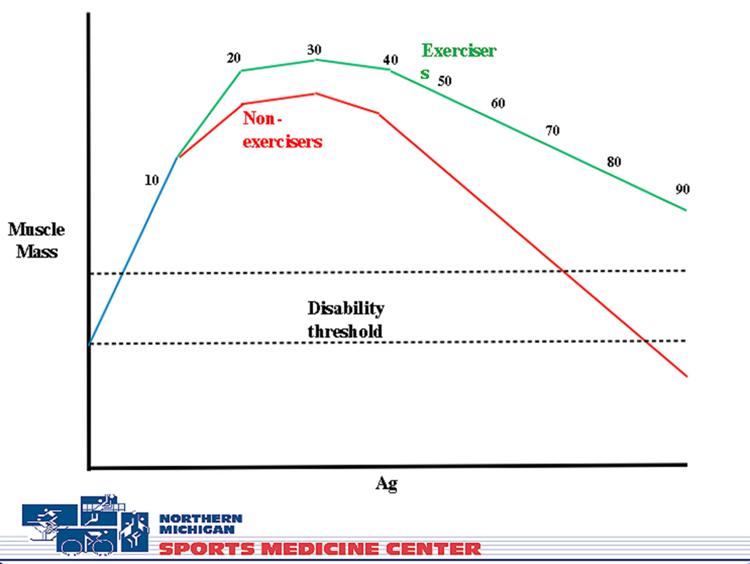The second sentence of this column is going to be a disclaimer on the title, because I know it’s going to ruffle some feathers, so here it goes.
When I use the phrase “the home,” I’m using a specific term that I hear frequently from my patients over the age of 70.
The context is usually along the lines of “I need to improve my balance/mobility/strength so I don’t end up in ‘the home.’”
As a physical therapist that has seen patients in many senior “homes” in the area, I can confidently say that they are not the dreaded, dreary places that many seniors fear when we have these discussions.
I have been in numerous clean facilities with caring staff that provide compassionate care for their patients/residents. In fact, I have treated patients who transition from barely surviving at (their) home to thriving in (a) home.
Now that we have that out of the way, let’s get to the sentiment behind the statement. What people really fear is losing their independence and their ability to live in the environment of their choosing.
In the past several years, numerous studies have found that people with higher muscle strength are less likely to lose their independence than their weaker peers.
An interesting study in the Journals of Gerontology found that the stronger an individual’s grip strength, the lower was their overall mortality.
It therefore makes sense that if you have a strong desire to maintain your independence as you age, keeping your body strong is one of the most important things to work on. The great news is that regardless of your fitness level, there’s always room for improvement.
Your goal should be keeping yourself out of that dreaded disability zone. When our function degrades into that zone, it reflects a loss of independence.
For some, that loss may mean relying on a walker or wheelchair to get around. For others it could mean no longer being able to garden or get in and out of a fishing boat. Regardless of your choice in leisure activities, your goal should be to stay out of the disability zone.
If you currently exercise on a regular basis, give yourself a pat on the back! You’ve already taken the first step. The next step is to try to keep yourself from getting too entrenched in a routine, to the point that your exercise is no longer much of a challenge.
If you don’t currently exercise on a regular basis, perhaps this article has given you some motivation to get started. After you’ve been cleared to start exercising by your health care provider, a conversation with a physical therapist or athletic trainer is a great way to figure out your current fitness level and find a type of exercise that’s a good fit.
If staying in your own home is important to you, there’s no time like the present to tilt the odds in your favor.








